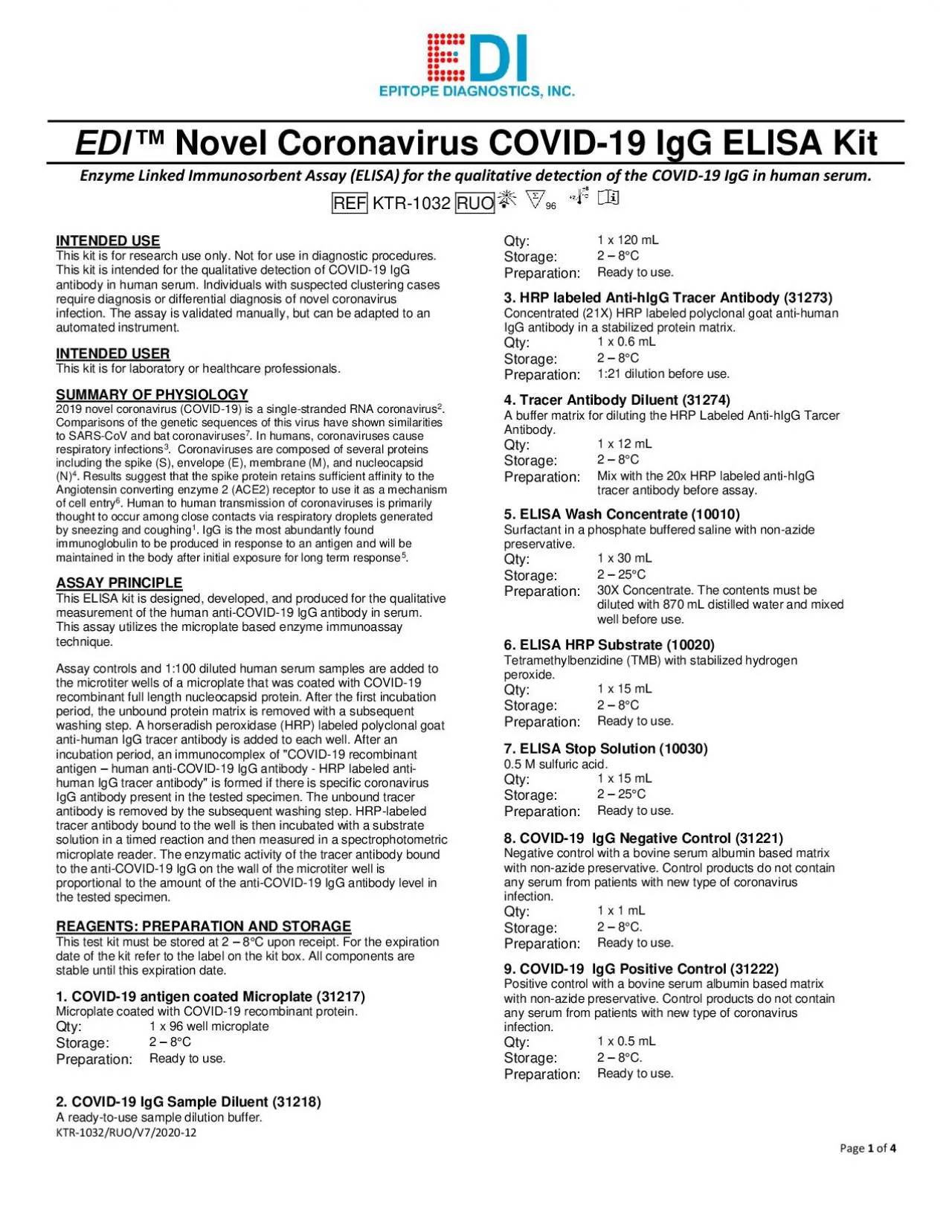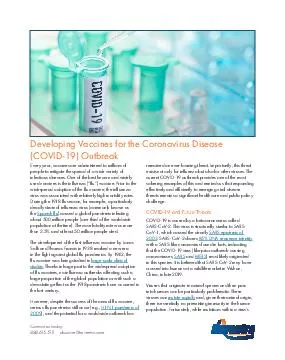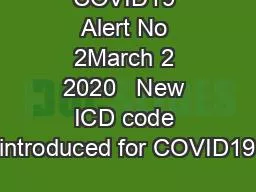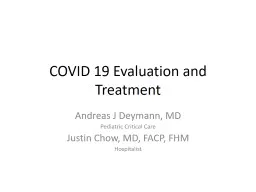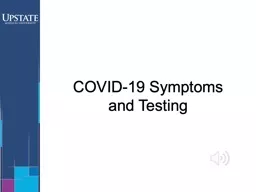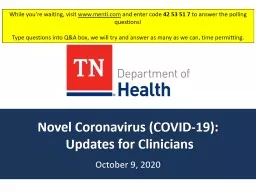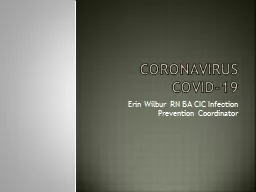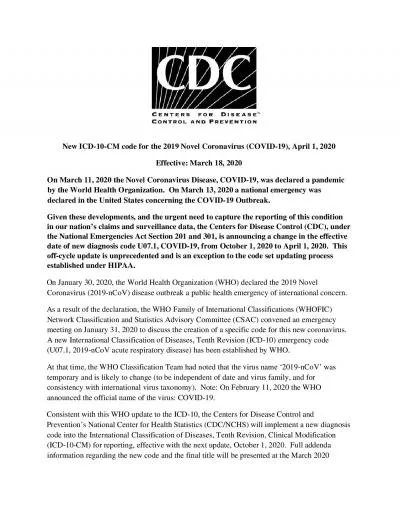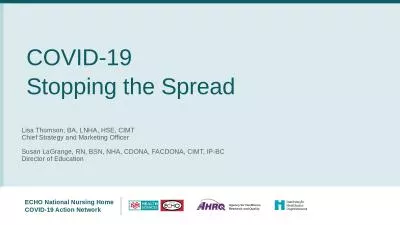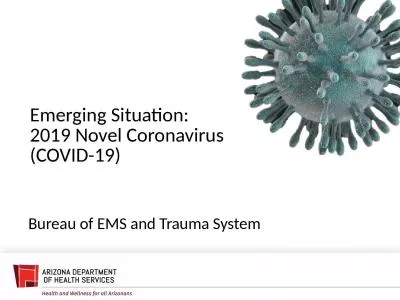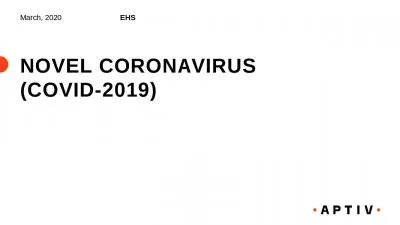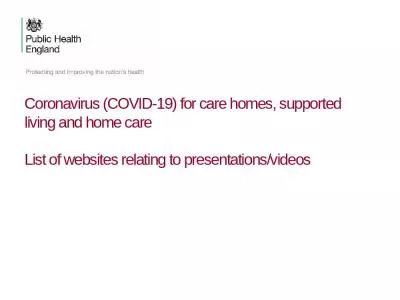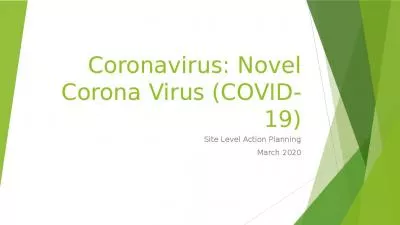PDF-Novel Coronavirus COVID
Author : smith | Published Date : 2022-10-28
EDI 19 IgG ELISA Kit Enzyme Linked Immunosorbent Assay ELISA for the qualitative detection of the COVID 19 Ig G in human serum REF KTR 1032 RUO 96 KTR 1032RUOV 7 2020 1 2 Page
Presentation Embed Code
Download Presentation
Download Presentation The PPT/PDF document "Novel Coronavirus COVID" is the property of its rightful owner. Permission is granted to download and print the materials on this website for personal, non-commercial use only, and to display it on your personal computer provided you do not modify the materials and that you retain all copyright notices contained in the materials. By downloading content from our website, you accept the terms of this agreement.
Novel Coronavirus COVID: Transcript
Download Rules Of Document
"Novel Coronavirus COVID"The content belongs to its owner. You may download and print it for personal use, without modification, and keep all copyright notices. By downloading, you agree to these terms.
Related Documents

